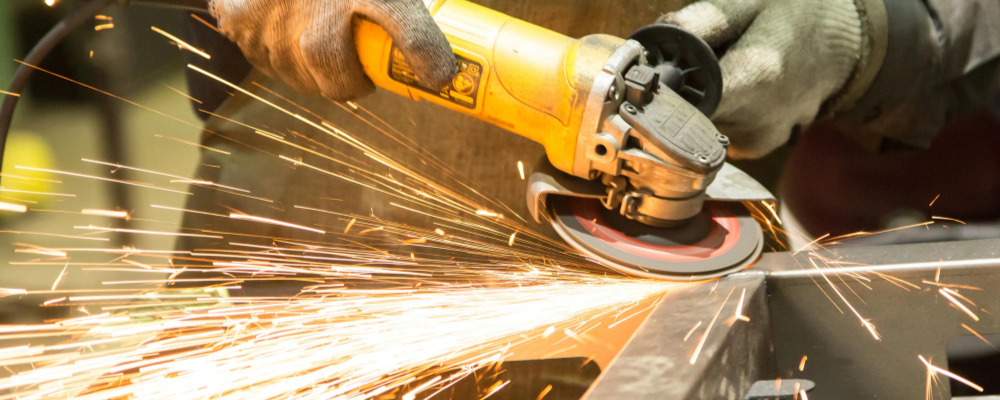
It is a process where a hard, abrasive surface is used to smooth or shape metal by removing tiny pieces. This is commonly done using metal grinding tools equipped with abrasive wheels that rotate at high speeds, wearing away the metal until the desired shape or smoothness is achieved. It allows for precise shaping and finishing of metal parts for various applications ranging from manufacturing to construction.
The process begins with the preparation of the work area, ensuring cleanliness and the use of appropriate safety gear. Next, the metal workpiece is securely clamped in place, and the appropriate grinding wheel is selected based on the material and desired outcome. Once the grinder machine is set up and adjusted, the grinding process commences as the rotating metal grinding wheel comes into contact with the workpiece, gradually removing material with each pass.
Throughout the process, careful monitoring and inspection ensure even grinding and the attainment of desired specifications. After achieving the desired shape or surface finish, the grinder is turned off, and the work area is cleaned up to conclude the process, always prioritizing safety precautions to prevent accidents. It is mainly used for:
This process removes burrs by grinding away small, rough protrusions left on metal surfaces after machining or cutting processes
By grinding down excess weld material and blending welded surfaces together, grinding ensures a seamless finish, eliminating uneven weld beads.
Through various grinding techniques and abrasives, the process offers versatility in achieving unique edge finishes, such as beveled, rounded, or textured edges, to meet specific aesthetic or functional requirements.
With advanced grinding techniques, we achieve precise shaping and finishing of metal components, ensuring superior quality and performance. This enables Dainsta to offer customized solutions tailored to meet the diverse needs of our clients while maintaining efficiency and cost-effectiveness in production.